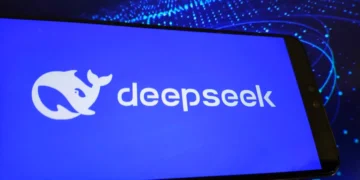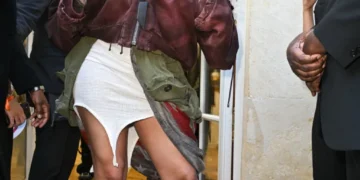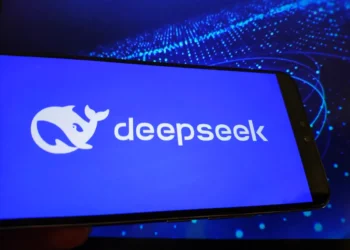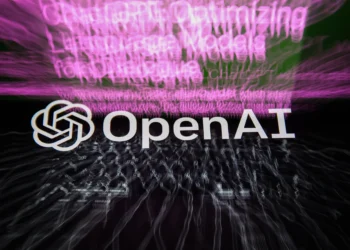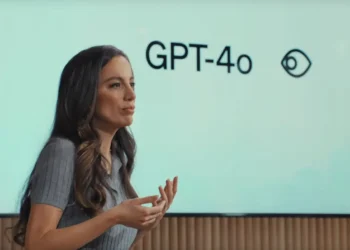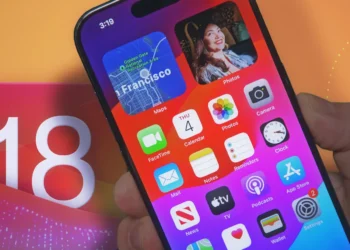
Microsoft announced five projects to help news organizations incorporate generative artificial intelligence into their operations, building on its existing efforts to use technology to support the role of journalism in democracy.
The company will collaborate on different initiatives with Semafor, the Craig Newmark Graduate School of Journalism at CUNY, the Online News Association, the GroundTruth Project, and Nota.
The move highlights the complex relationship between tech giants and a broader news industry that has seen its traditions and business models repeatedly disrupted by digital innovations over three decades — from the dawn of the web, to the advent of Craigslist and Facebook, and now the rapid rise of AI.
Microsoft and ChatGPT maker OpenAI were sued late last year by the New York Times for copyright violations over the alleged use of the newspaper’s stories to train large language models including GPT-4.
The new initiatives announced Monday aim to establish procedures and practices for responsible AI use in newsgathering and business operations; provide AI training for reporters; and help to build sustainable journalistic business operations and viable newsrooms for the long run.
“This work is challenging – and our goal is to find ways to support journalists in this mission, not replace them,” said Noreen Gillespie, journalism director for Microsoft’s Democracy Forward initiative and a former Associated Press journalist, in a Microsoft post. “By working with these organizations, we hope to shed light on the promise that the newsroom of the future can hold.”
Project details: Semafor, the news site launched in 2022 by former BuzzFeed News editor Ben Smith and former Bloomberg Media Group CEO Justin Smith, said it will launch “a new, global multi-source breaking news feed called Signals” under the collaboration. The approach will use tools from Microsoft and OpenAI to help journalists “offer readers diverse, sophisticated perspectives and insights on the biggest stories in the world as they develop.”
The Financial Times reported that the funding for Signals is “substantial” for Semafor’s business, citing a person familiar with the matter. Microsoft declined to disclose the amount of funding it’s providing for any of the projects.
The other projects are:
- A three-month hybrid AI Journalism Lab from CUNY’s Newmark School for journalists, run by entrepreneur and data scientist Nikita Roy, host of the podcast Newsroom Robots.
- Virtual and in-person AI training sessions, labs, and other activities for news organizations as part of ONA’s AI in Journalism initiative.
- A new AI work track for journalists participating in the GroundTruth Project’s Report for America and Report for the World programs.
- Support for tech startup Nota to expand its AI tools into additional newsrooms. Nota is also developing a new tech tool called PROOF help news organizations improve their content and practices to reach more audiences.
Nadella on NYT lawsuit: In its copyright infringement suit, filed Dec. 27 in Federal District Court in Manhattan, the New York Times alleges that Microsoft and OpenAI wrongly used vast amounts of copyrighted material from the newspaper to train large language models that power ChatGPT and other AI applications.
The suit cited, among other evidence, the ability to prompt the AI models to reproduce portions of New York Times articles word-for-word.
In an interview broadcast last week, NBC Nightly News anchor Lester Holt asked Microsoft CEO Satya Nadella about the lawsuit. Nadella said the case highlights the importance of establishing clarity on both copyright protection and fair use for what he described as “transformative” new technologies like AI.
“I’m sure we will come out with the right set of guidelines on what is used for training,” Nadella said in the NBC interview. “That’s one thing. That’s the transformation side of it. And of course, it’s clear that you can’t just use copyrighted material and regurgitate anything. And so those are two very distinct issues.”

